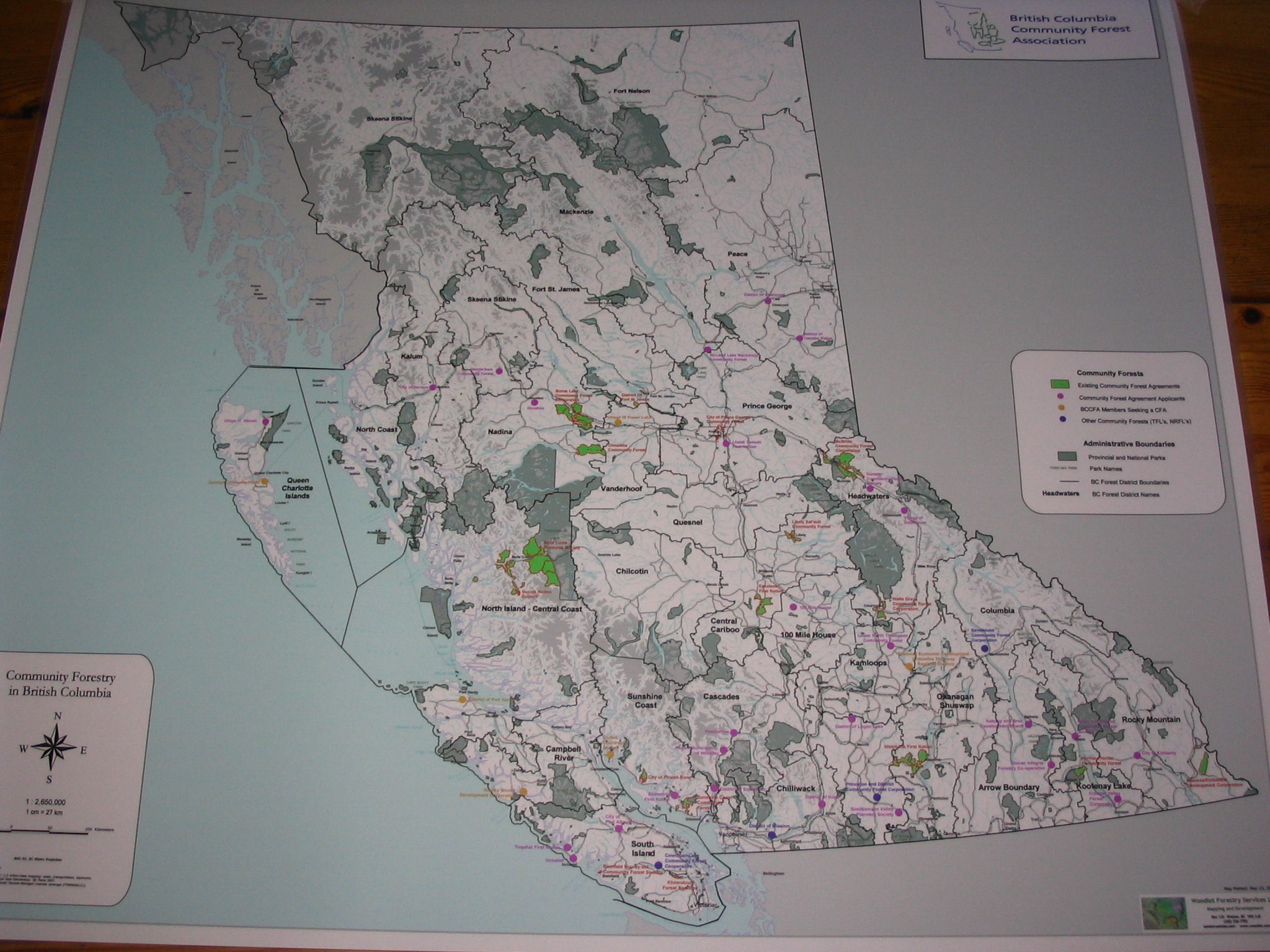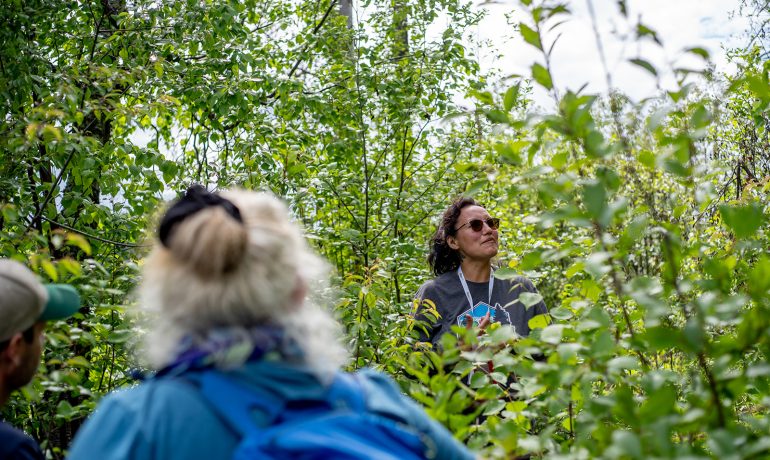Forest Stewardship Plans (FSPs) are plans that licensees must prepare to comply with the Forest and Range Practices Act. FSPs must identify broad areas planned for road building, harvesting, and silviculture activities and outline how these proposed activities will meet government objectives for a variety of values such as cultural heritage resources, soils, water, fish, wildlife, biodiversity, timber, and recreation.
All harvesting must then be consistent with the approved plan. Approval of a FSP does not grant harvest rights, however once an approved FSP is in place, the company can apply for a road or cutting permit which legally allows development to begin.
FSPs typically consist of proposed results or strategies, as well as a map.
Opportunities for public review and comment are required, similar to previous forest development plan requirements under the Forest Practices Code.
Unlike previous development plan requirements however, FSP maps only need to show general areas within which a licensee may pursue harvest opportunities, rather than individual blocks or roads considered for development.
While this allows for greater flexibility in resource planning, it requires increased efforts to communicate: for licensees to ensure all stakeholders are aware of how specific proposals may affect their particular interests, and for stakeholders to share their concerns with licensees.
Companies must also prepare site plans. A site plan shows the location of the proposed block or road and shows how the proposal will meet the results or strategies outlined in the FSP.
Site plans do not require government approval, however they must be made available to both government staff and the public upon request, as there is no advertising
Notices for draft FSPs available for review and comment will appear in local newspapers, indicating a licensee contact person and a deadline for comments to be submitted – typically 60 days from the day the notice is published.
A forest licensee, upon submitting a final FSP for approval, must show how all received comments are addressed.
No advertising is required to let the public know when a site plan has been prepared, so it is recommended that anyone providing comments about a specific concern or location at the broader FSP stage ask the licensee for the opportunity to comment on the site plan when it is completed, as it will have much more specific information about planned operations.
Continued public participation in local forest planning is important, as any comments provided help ensure that forest managers are aware of the many interests and viewpoints that people have regarding forest activities.
North Island Gazette
Published: December 02, 2010 1:00 AM
Written by: Jennifer Barolet, RPF, is a Stewardship Forester with the Ministry of Natural Resource Operations based in Port McNeill
Related Post
As Published in Canadian Forest Industries Magazine, Pulp & Paper Magazine and Canadian Biomass Magazine
Jennifer Gunter’s Op Ed, “Community Forests: Rooted in Community,
Minister of Forests Mandated to Expand BC’s Community Forest Program
In the recently released mandate letter to the Minister



